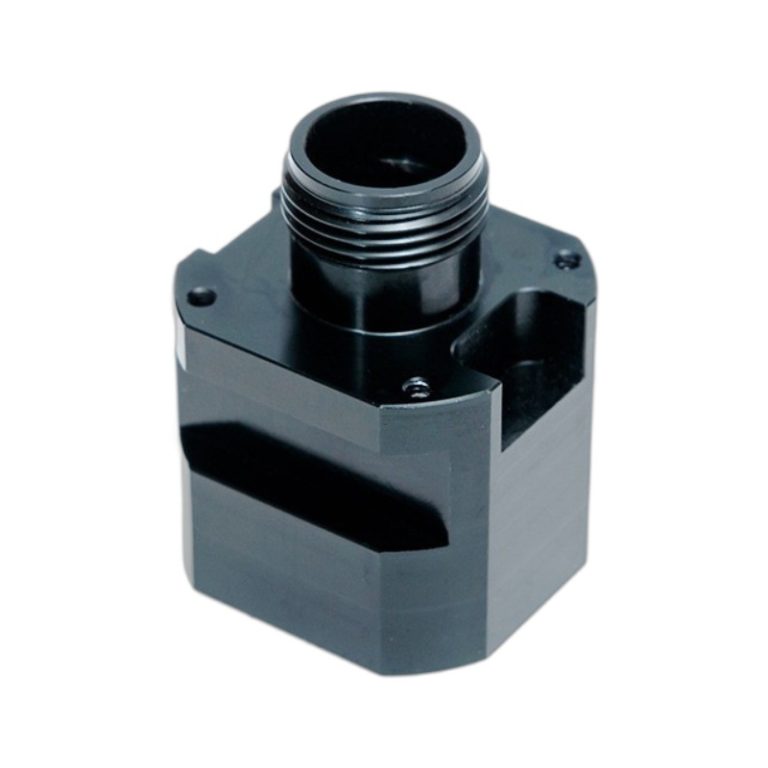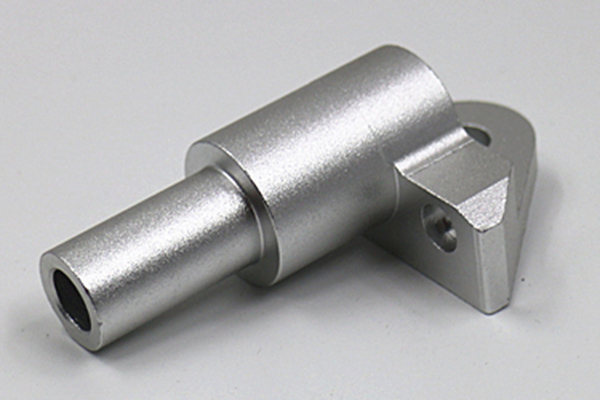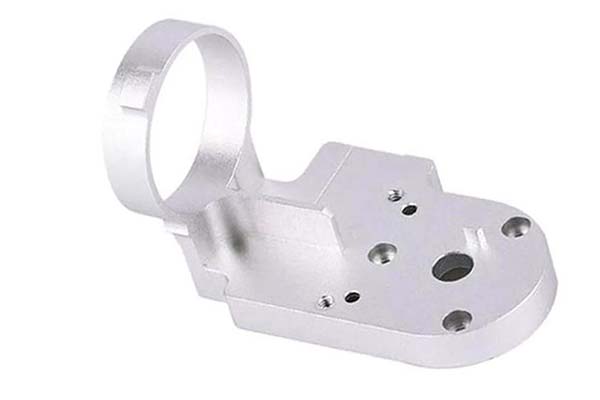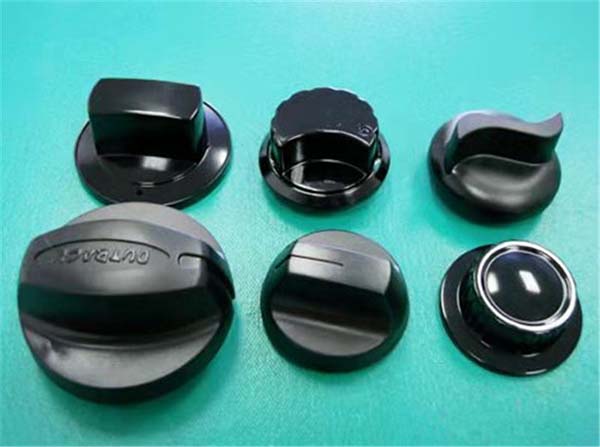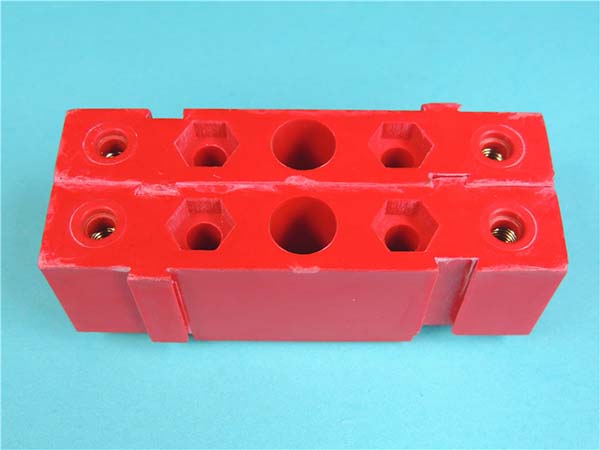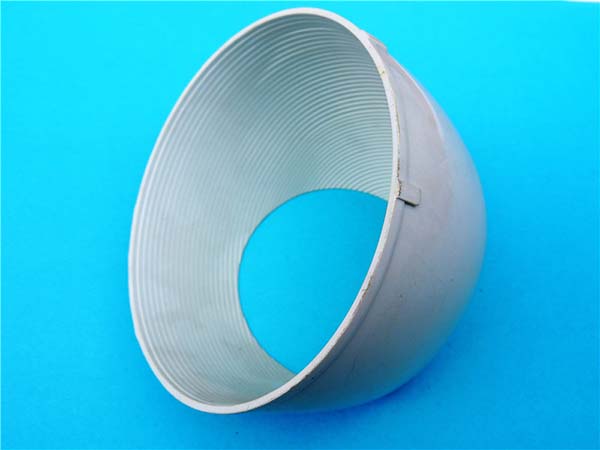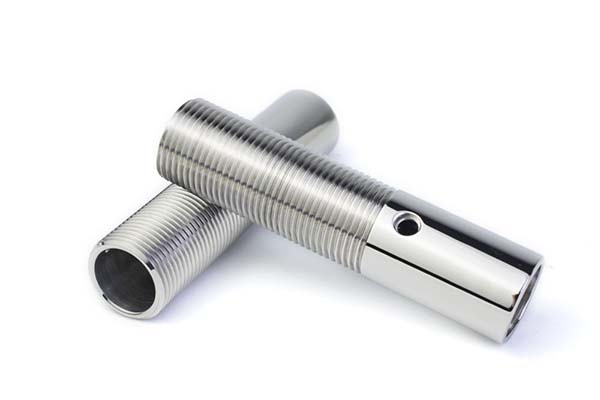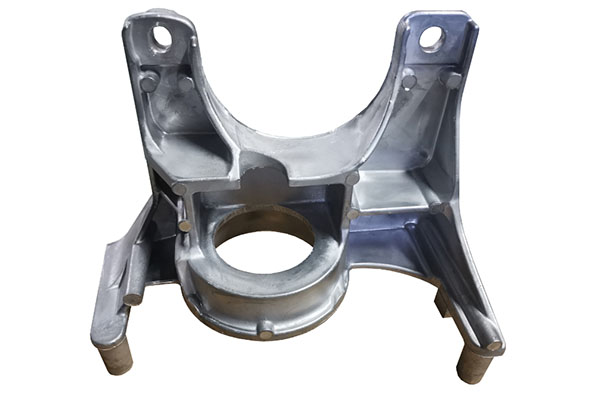Understanding Rapid Prototyping
What is Rapid Prototyping?
Rapid prototyping, at its core, is a technology that enables the quick creation of a physical model or prototype of a product directly from a computer - aided design (CAD) model. It has revolutionized the product development cycle by significantly reducing the time and cost associated with traditional prototyping methods.
The basic principle behind rapid prototyping is the concept of "layer - by - layer" construction. First, a 3D model of the product is created using CAD software. This digital model is then sliced into numerous thin cross - sectional layers. Next, a rapid prototyping machine reads the data from these sliced layers and constructs the physical prototype by adding material layer upon layer until the entire 3D object is formed.
For Yigu Technology example, let's say a company is developing a new smartphone case. Designers use CAD software to create a detailed 3D model of the case, taking into account factors like the shape, cutouts for ports, and ergonomics. This CAD model is the starting point for rapid prototyping. The model is sliced into hundreds or even thousands of layers, each only a fraction of a millimeter thick. The rapid prototyping machine then deposits or fuses materials in the exact pattern of each layer, gradually building up the physical smartphone case prototype.
Key Technologies in Rapid Prototyping
- LSL (Laser Stereolithography)
- Working principle: LSL uses a laser to selectively cure liquid photopolymer resin. A vat is filled with the liquid resin, and a platform is positioned just below the surface of the resin. A computer - controlled laser beam traces the cross - sectional shape of the first layer of the 3D model onto the resin surface. The areas where the laser hits the resin cause it to polymerize and solidify, forming the first layer of the prototype. After the first layer is completed, the platform is lowered slightly, and a new layer of resin is spread over the previously cured layer. The laser then traces the next layer, and the process repeats until the entire prototype is built.
- Characteristics: It offers high precision and smooth surface finishes, making it suitable for applications where aesthetics and fine details are crucial, such as jewelry design, dental prosthetics, and intricate art models. However, the materials used in LSL are often limited to photopolymer resins, and the process can be relatively slow compared to some other rapid prototyping technologies.
- LOM (Laminated Object Manufacturing)
- Working principle: In LOM, thin sheets of material (such as paper, plastic, or metal foil) are used. Each sheet is coated with an adhesive. The process starts with the first sheet being placed on a platform. A laser or a cutting tool then cuts the sheet according to the cross - sectional shape of the first layer of the 3D model. The excess material around the cut - out shape is left as a grid of small pieces that can be easily removed later. After the first layer is cut, a new sheet is placed on top, and the adhesive is activated (usually by heat and pressure) to bond it to the previous layer. The cutting process is repeated for each subsequent layer until the prototype is complete.
- Characteristics: LOM is cost - effective when using materials like paper, and it can produce large - scale prototypes. It is also relatively fast as it does not need to solidify a liquid material layer by layer like LSL. However, the layer - by - layer construction can result in a somewhat stepped surface finish, and the strength of the prototype may be affected by the bonding between the layers.
- SLS (Selective Laser Sintering)
- Working principle: SLS uses a high - power laser to sinter powdered materials, such as plastic, metal, ceramic, or a combination of these. The process begins with a bed of powder. A roller spreads a thin layer of powder across the build platform. The laser then scans the cross - sectional pattern of the first layer onto the powder bed. The heat from the laser fuses the powder particles together in the scanned areas, creating the first layer of the prototype. After the first layer is sintered, the build platform is lowered, and a new layer of powder is spread on top. The laser then sinters the next layer, bonding it to the previous one.
- Characteristics: SLS can work with a wide range of materials, which makes it suitable for a variety of applications, from creating functional prototypes in the automotive and aerospace industries to manufacturing custom - made medical implants. It also does not require support structures for overhanging features since the unsintered powder supports the part during construction. However, the surface finish of SLS - produced parts can be rough, and post - processing (such as sanding or infiltration) is often required.
- FDM (Fused Deposition Modeling)
- Working principle: FDM extrudes a thermoplastic filament through a heated nozzle. The filament is melted in the nozzle, and the nozzle moves in a pattern dictated by the cross - sectional data of the 3D model. As the melted material is extruded, it is deposited layer by layer, cooling and solidifying quickly to form the prototype. For Yigu Technology example, if the first layer of the model has a circular shape, the nozzle will move in a circular path, depositing the melted plastic to create that circular layer.
- Characteristics: FDM is one of the most accessible rapid prototyping technologies, with relatively affordable machines available for hobbyists and small businesses. It is also easy to use and has a wide range of available materials, including common plastics like ABS and PLA. However, the layer lines on FDM - printed parts can be more visible compared to some other methods, and the maximum build size may be limited by the size of the printer.
The following Yigu Technology table summarizes the key features of these four rapid prototyping technologies:
| Technology | Material Type | Precision | Surface Finish | Support Structure Needed | Build Speed | Cost |
| LSL | Liquid photopolymer resin | High | Smooth | Yes | Slow | High (equipment and materials) |
| LOM | Sheet materials (paper, plastic, metal foil) | Medium | Stepped | No | Fast | Low - medium (depending on material) |
| SLS | Powdered materials (plastic, metal, ceramic) | Medium - high | Rough (usually needs post - processing) | No | Medium | High (equipment) |
| FDM | Thermoplastic filaments | Low - medium | Layer lines visible | Yes (for overhanging features) | Medium - slow | Low (equipment and materials for basic setups) |
Real - World Applications of Rapid Prototyping Fueling Innovation
In the Automotive Industry
In the automotive industry, rapid prototyping has become an indispensable tool. For new car design and development, it allows manufacturers to quickly transform design concepts into physical models. For Yigu Technology example, Rivian, an electric vehicle manufacturer, uses advanced rapid prototyping techniques in combination with software like Autodesk's Fusion 360. They can rapidly create prototypes of vehicle components such as chassis parts and body panels. This not only saves a significant amount of time but also enables engineers to conduct early - stage testing and optimization.
When it comes to parts testing, rapid prototyping provides a cost - effective solution. Traditional methods of creating test parts often involve expensive tooling and long lead times. With rapid prototyping, automotive companies can produce a variety of test parts in a short time. For instance, BMW uses 3D printing (a form of rapid prototyping) to create engine components for testing. These components can be quickly modified based on test results, accelerating the development of more efficient engines. In fact, according to a study by the International Journal of Vehicle Design, automotive companies that use rapid prototyping in their development process can reduce the overall development time of a new model by up to 30%, and cut development costs by around 20 - 25%.
In the Medical Field
In the medical field, rapid prototyping has opened up new possibilities. For custom medical device manufacturing, it enables the creation of devices tailored to individual patients. Take dental prosthetics as an example. Using 3D scanning technology to capture the patient's oral structure, dentists can then use rapid prototyping to produce custom - fit crowns, bridges, and dentures. This not only improves the accuracy and fit of the prosthetics but also shortens the production time.
In surgical planning, rapid prototyping provides tangible models of the patient's anatomy. Surgeons can use these models to better understand the complex structures involved in a surgery, such as the intricate blood vessel networks in the brain or the unique shape of a patient's heart valves. A research paper published in the Journal of Surgical Research found that in complex cardiac surgeries, the use of rapid - prototyped heart models reduced the average surgery time by 15 - 20% and improved the success rate by about 10 - 15%.
Moreover, rapid prototyping is also being used in the creation of human organ models for medical education and research. These models can accurately mimic the texture, shape, and even some of the functional characteristics of real organs, providing medical students and researchers with valuable learning and research tools.
In Consumer Electronics
In the consumer electronics sector, rapid prototyping plays a crucial role in new product development. It allows companies to quickly test new product concepts. For example, when developing a new smartphone, manufacturers can use rapid prototyping to create mock - ups of the device's exterior design. These prototypes can be used for user - experience testing, such as evaluating the ergonomics of the device's shape and the layout of the buttons.
Function verification is another key application. Before mass - producing a new smartwatch, for instance, companies can use rapid prototyping to create early - stage functional prototypes. These prototypes can be tested for features like battery life, sensor accuracy, and software - hardware compatibility. Apple is known to use rapid prototyping techniques in the development of its iPhones and iPads. By quickly creating prototypes, they can iterate on design and functionality, ensuring that the final product meets high - quality standards.
In terms of appearance design optimization, rapid prototyping enables designers to make quick changes to the aesthetics of the product. A study by the Consumer Electronics Association shows that companies that use rapid prototyping in consumer electronics development can bring new products to market 2 - 3 months faster than those that rely on traditional prototyping methods, giving them a significant competitive edge in the fast - paced consumer electronics market.
Conclusion
The Continuing Role of Rapid Prototyping in Innovation
Rapid prototyping applications have clearly demonstrated their power to ignite innovation across multiple industries. By enabling faster concept - to - prototype cycles, reducing costs, and facilitating early - stage testing and optimization, rapid prototyping has become an essential tool in the innovation toolkit.
In the automotive industry, it has revolutionized the way new cars are designed and developed, leading to more efficient and innovative vehicles. In the medical field, it has opened up new possibilities for custom - made medical devices, better surgical planning, and improved medical education. In consumer electronics, it has allowed companies to bring new and improved products to market more quickly, meeting the ever - changing demands of consumers.
Looking to the future, rapid prototyping is likely to play an even more significant role in innovation. As the technology continues to evolve, we can expect to see even faster build speeds, higher precision, and an even wider range of available materials. This will enable industries to create more complex and innovative products, further pushing the boundaries of what is possible.
In conclusion, rapid prototyping is not just a passing trend; it is a fundamental shift in the way products are developed and innovated. By embracing rapid prototyping, companies and industries can stay ahead in the competitive global market, drive innovation, and ultimately, improve the quality of life for people around the world.
FAQ
- What is the most cost - effective rapid prototyping technology for small - scale production?
- For small - scale production, Fused Deposition Modeling (FDM) is often a cost - effective choice. The equipment for FDM is relatively affordable, especially when compared to more advanced technologies like Laser Stereolithography (LSL) or Selective Laser Sintering (SLS). Additionally, the materials used in FDM, such as ABS and PLA filaments, are generally less expensive. Laminated Object Manufacturing (LOM) can also be cost - effective when using materials like paper, especially for large - scale prototypes where the cost per unit of material is low. However, if high precision and smooth surface finishes are not crucial for the small - scale production, FDM offers a good balance of cost and functionality.
- Can rapid prototyping be used for mass production?
- While rapid prototyping is mainly designed for quick creation of prototypes, in some cases, it can be used for small - batch mass production. Technologies like Selective Laser Sintering (SLS) and Fused Deposition Modeling (FDM) can produce multiple parts in a single build. However, for large - scale mass production, traditional manufacturing methods such as injection molding may still be more cost - effective and efficient. Some companies are exploring ways to scale up rapid prototyping for mass production, but challenges such as build speed and material costs still need to be overcome.
- How does rapid prototyping contribute to sustainable product development?
- Rapid prototyping contributes to sustainable product development in several ways. First, it reduces waste. Since prototypes can be created quickly and with less material compared to traditional methods, there is less material discarded during the development process. Second, it enables more efficient product design. By allowing for rapid iteration and optimization, products can be designed to be more resource - efficient in their final form. For example, in the automotive industry, rapid prototyping can help design lighter - weight components, which can improve fuel efficiency. Finally, some rapid prototyping materials are biodegradable or recyclable, further enhancing the sustainability of the process.
